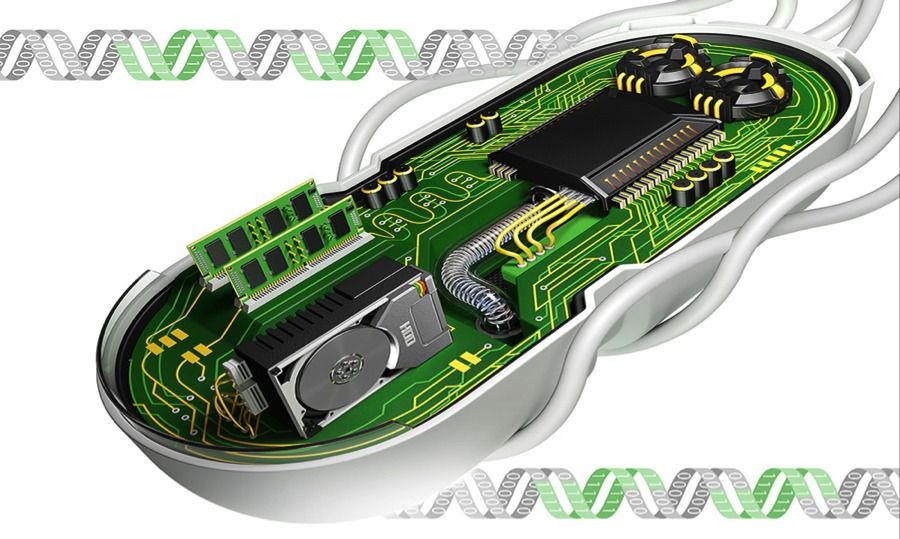By Kevin Kang
A recent article in ScienceDaily reviews a new approach in Synthetic Biology that allows cells to respond to a series of input stimuli and simultaneously remember the order of these stimuli over many generations. As noted by the senior investigator, Timothy Lu from MIT, combining computation with memory creates complex cellular circuits that can perform logic functions and store memories of events by encoding them in their DNA (1,2). In their current work, Dr. Lu and his colleagues created cells that can remember and respond to three different inputs, including chemical signals in a particular order, and in the future may be able to incorporate even more inputs (1,2,3). The cellular machines thus created are referred to as biological “state machines” because they exist in different states depending on the identity and order of inputs that they receive. The state machines rely on enzymes called recombinases. When activated by a specific input, recombinases either delete or invert a particular segment of DNA depending on the orientation of two DNA target sequences known as recognition sites. The segment of DNA between these sites may have recognition sites for other recombinases that respond to different inputs. Flipping or deleting these sites permanently changes what will happen if a second or third recombinase is later activated. Therefore, a cell’s history is determined by sequencing its DNA. In a version of this system with just two inputs, there are five possible states for this circuit: states corresponding to no input, input A alone, input B alone, A followed by B, and B followed by A. Dr. Lu’s team in MIT has designed and built circuits that record up to three inputs, in which sixteen states are possible (1,2).
Besides creating circuits that record events in a cell’s life and then transmit these memories to future generations, the researchers from MIT also placed genes into the array of recombinase binding sites along with genetic regulatory elements. In these circuits, when recombinases rearrange the DNA, the circuits record the information as well as control which genes get turned on and off. Lu’s lab tested this work in bacteria by color coding the identity and order of input stimuli, so input A followed by B would would lead to bacteria fluorescing red and green, but input B followed by A would lead to red and blue fluorescence. Hence, these techniques can be used not only to record the states that the cells experience over time, but also to deploy in state-dependent gene expression programs (1,2).










Comments are closed.